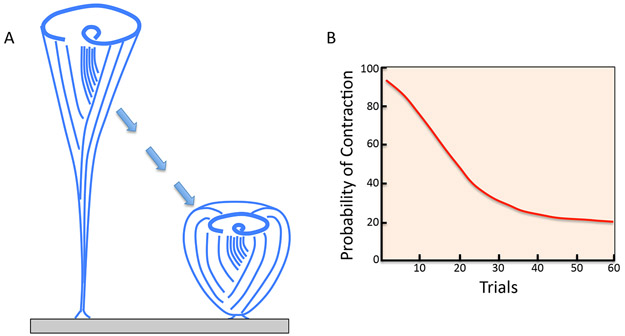Figure 1. Habituation in Stentor coeruleus.
(A) Stentor cells stretch out into a cone shape to feed, using the cilia of their oral apparatus, at the end of the cone, to suck in food. While feeding, the cell is attached by its posterior holdfast to a substrate such as the leaf of a pond plant. When startled by a mechanical stimulation, the cell rapidly contracts towards its point of attachment, moving it away from a potential threat. (B) When a Stentor cell is tapped periodically with a uniform mechanical stimulus, it becomes less and less likely to contract, indicating that habituation has taken place.

